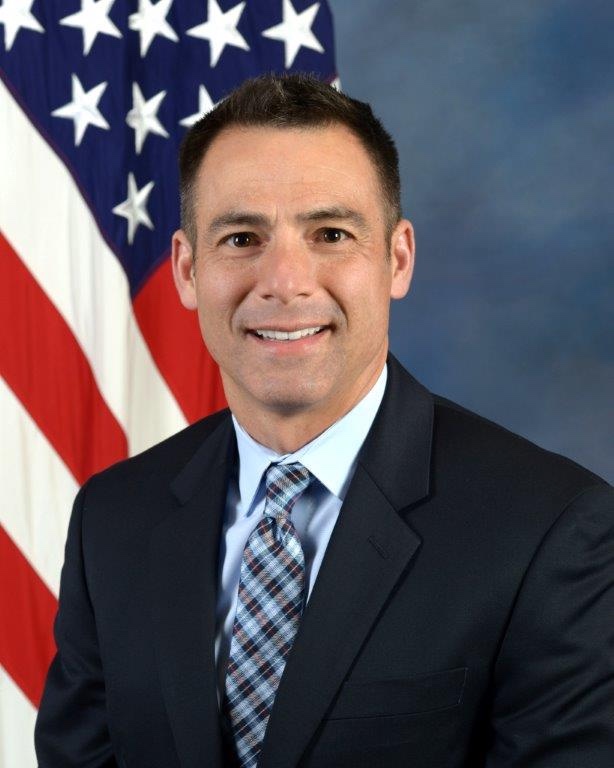ALEXANDRIA, Va. – New research recently released by the Federal Voting Assistance Program (FVAP) validates initial research findings that military members are more likely to register to vote than civilians with similar demographic characteristics. The research also indicates that the gap between military and civilian voting participation is not as large as unweighted data suggest.
The research note details the methodological approach utilized for the 2014 congressional elections for comparing active duty military (ADM) and citizen voting age population (CVAP) registration and participation rates; FVAP first applied it following the 2012 election. This modeling approach provides greater insight into how the ADM population as a whole compares with a similar CVAP and enables greater isolation for how various factors such as age, gender, employment, education, mobility, marital status, race, region, and family status influence voter registration and participation rates.
Key findings from this research:
The registration rate for ADM in 2014 was higher than CVAP:
| Voter Registration Rate | |
| ADM | 71% |
| Modeled CVAP | 58% |
| CVAP | 79% |
Unlike in 2012, voting participation among ADM in the 2014 midterm election was lower than that of the CVAP. When comparing the population characteristics of the CVAP that is demographically similar to ADM, the magnitude of the participation gap is significantly reduced:
- Within the modeling framework, the gap between the un-modeled CVAP and the ADM population turnout rate is 28 percentage points.
- Once the CVAP is modeled to be demographically similar to the ADM, the gap between the modeled CVAP and ADM populations drops to 2.6 percentage points.
| Voter Participation Rate | |
| ADM | 23% |
| Modeled CVAP | 25% |
| CVAP | 51% |
These findings provide important insight into the behavior of ADM voters in presidential versus midterm elections and illustrates the substantive differences in the type of voter who participates in midterm elections. This research marks an important first step to assess expected ADM participation rates based on the type of election and will serve as a marker to determine if future general election cycles continue to illustrate these demographic differences. Continued research in this area will also guide FVAP on how to best allocate resources and effectively reach potential ADM voters across various election cycles.
The research note is available athttps://www.fvap.gov/uploads/FVAP/Reports/2015_FVAP_ResearchNote6_Final_1027.pdf.
#
If you experience any issues or have questions, FVAP’s call center is available at 1-800-438-VOTE (8683), DSN 425-1584 or at vote@fvap.gov. Toll-free phone numbers from 67 countries are listed at FVAP.gov. Find us on Facebook at /DoDFVAP and follow @FVAP on Twitter.


